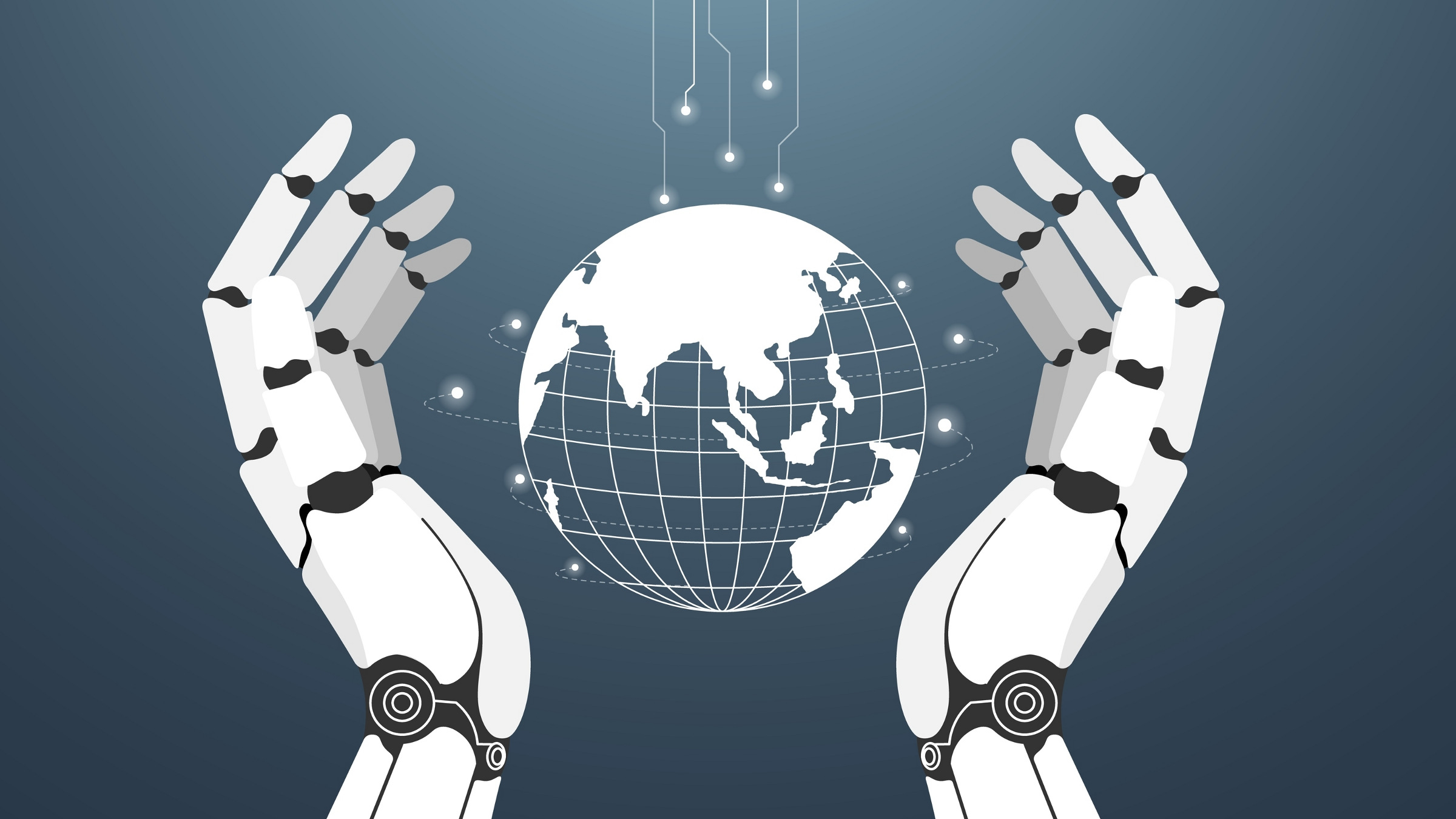It was only 15 to 20 years ago that social media platforms like Facebook, Twitter (now X), YouTube, and Instagram were hailed as drivers of social connections, multipliers of knowledge and experiences, and even as catalysts for better-functioning democracy. In fact, Time magazine chose Facebook co-founder Mark Zuckerberg as its 2010 Person of the Year, “for changing how we all live our lives.”
“Sure, there are lots of benefits of social technologies,” said Sarita Schoenebeck, a professor in the School of Information at the University of Michigan. “They allow people to participate, to enjoy social relations online, to advocate and to learn new things. But now the harms feel very urgent and growing: disinformation, harassment, quality of information, security, mental health. Are social technologies now actually helping society? And if not, what to do about it?”
Schoenbeck, serving as moderator, introduced a panel discussion on the future of social technologies at the most recent annual meeting of the American Association for the Advancement of Science (AAAS) in Boston.

Panelist Andrés Monroy-Hernández, now director of the Human-Computer Interaction Lab at Princeton University and an assistant professor in Princeton’s department of computer science, said he spent 10 years working at Microsoft and Snapchat, but became disappointed with how social technologies evolved in practice.
“For me, a system of social technology that relies on ads is flawed at its core,” Monroy-Hernández said. “Then all you try to do is optimize for engagement.”
Today, Monroy-Hernández said, he has become a proponent of decentralizing social technologies. “To me, decentralization is a way to break the problem into smaller problems and then trying to solve those problems on a smaller scale and in a more manageable way.”
Monroy-Hernández describes this as a change from platforms to protocols, although the phrase has a longer history and the concept of protocols is nothing new in itself. “Email is a great example,” he said. “If you move between universities, you can port your email from one university to the other. This is because email uses a protocol that is the same across all servers. So, instead of thinking about platforms like Facebook and Instagram, we could move into a protocol world.
“In this protocol world, there may be different apps on your phone that can connect to your favorite protocol, and that you may use in the way you want. Each app can have its own monetizing strategy. Some are open source, some are paid.”
Monroy-Hernández called for action from the science community to stimulate the change from platform to protocol: “You could get your institution to embrace decentralized social media. At Princeton, I convinced our IT department to let us run a Mastodon server so that any faculty member can have an account there and use that as a way to connect to other people who are not at Princeton. We should rely less on a single platform.”
Bryan Newbold is developing such a social media protocol. Newbold is an engineer working at Bluesky, a social media platform that resembles Twitter and now has around 30 million accounts. “The whole reason for the company to exist,” he said, “is that there is too much centralization in social media. There is not meaningful competition, and personally I see this as a failure of market regulation. So, we are big proponents of decentralization.”
Newbold warned, however, that decentralization is not “magic pixie dust” that solves all issues with social media. In fact, “Everything was decentralized before,” Newbold said. “We have the Web, you can still use RSS feeds, and podcasting is an example of an open decentralized system. But there is a tendency for things to re-centralize. So, yes, we want decentralization, we want an open protocol, but we need to include a few more things.”
One of those things, according to Newbold, is that no part of the system be provided by a single party, or at least easily replaced by another provider. Another is to bake into the protocol some resistance to re-centralization. “Structuring the system to lock data open, building in data authenticity, so you can trust if you get a copy of somebody’s data from a different source. And also giving people stronger control over their own network identity. An analogy is the system we have with cellphones. We have giant cellphone companies, but today we regulate them effectively, so that you can move your phone number between different providers. That was not the case 20 years ago.”
Motahhare Eslami, an assistant professor of software and societal systems at Carnegie Mellon University, focused on how AI is changing social relations. She made a case for deploying AI for better content moderation, to safeguard certain social data from appropriation by AI systems, and also to make a distinction between human- and AI-generated content.
Eslami shared an anecdote about her son to illustrate how AI affects social relationships in young people. “When my son was three,” she said, “we had an Alexa at home, and my son was so attached to it that we had to take Alexa with us on trips. So we stopped using Alexa, because it was too much technology for a three-year-old.”
Today, Eslami said, her son is five and loves stories. “He wants me to sketch his stories, but I am really bad at drawing, so I started to use ChatGPT and it would create really good pictures. Then we made a book in which he told his stories and ChatGPT created images. ChatGPT made mistakes, but he loved the mistakes. And when on the first page of the book I wrote his name, he said, ‘You forgot ChatGPT, you have to put ChatGPT as the illustrator’.”
Eslami said she is “a strong believer that it should be very clear if something comes from a bot or from a human. But I am also a strong believer that this is going to be our future, that we are going to have bots as friends, colleagues, coaches,and even celebrities.”
Bennie Mols is a science and technology writer based in Amsterdam, the Netherlands.




Join the Discussion (0)
Become a Member or Sign In to Post a Comment